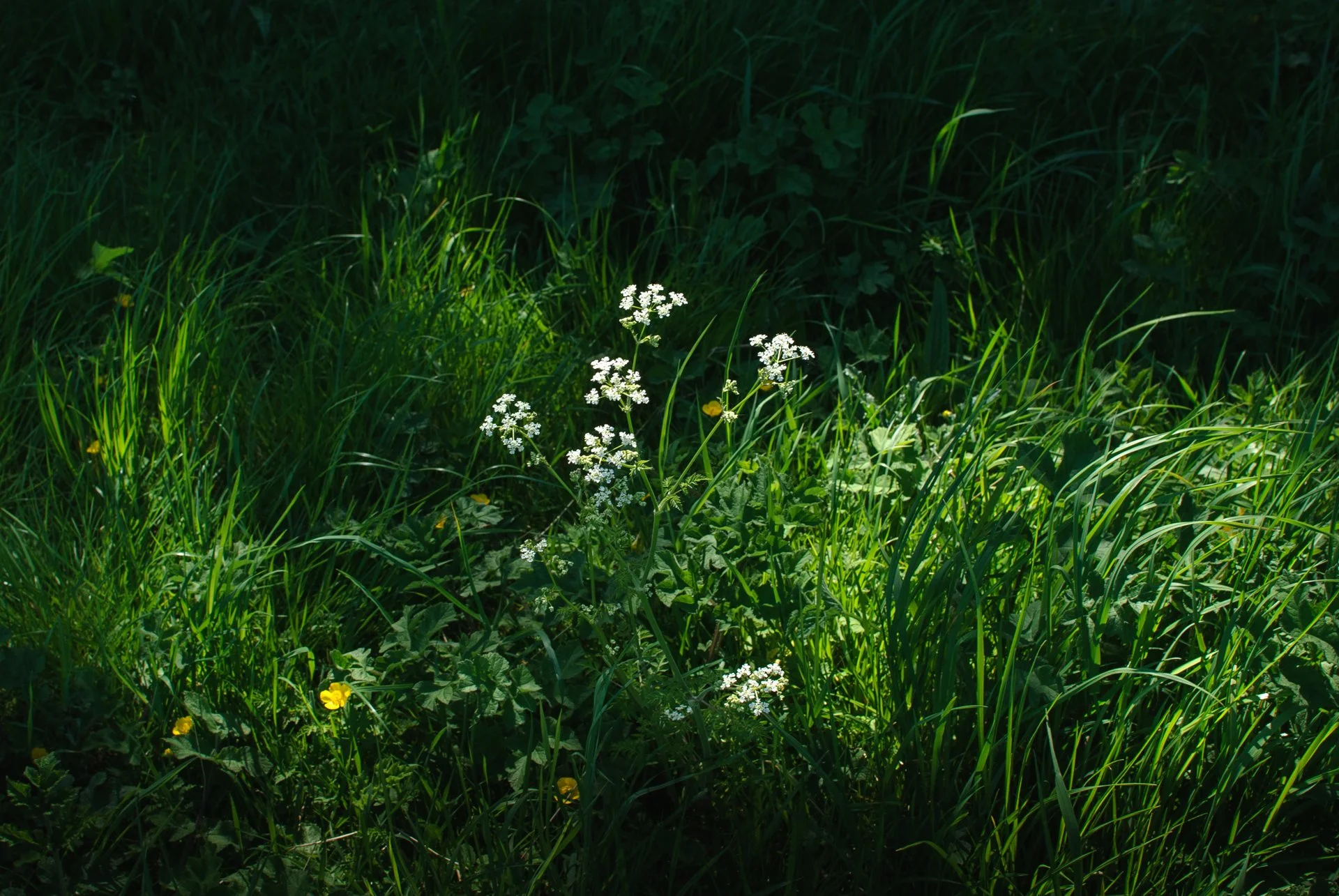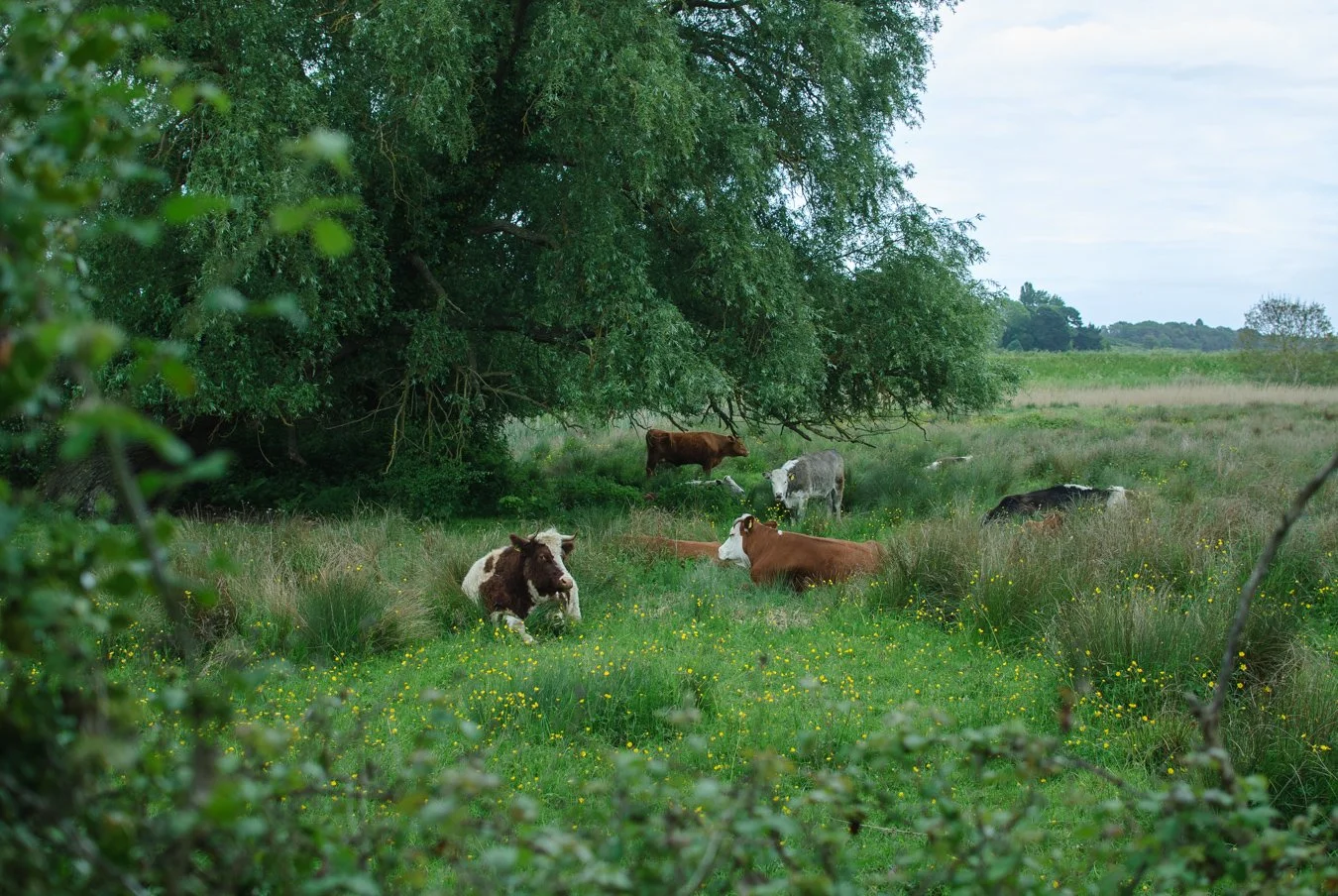Shooting the Nikon D200 in 2025: A short review
Shingle Street, Woodbridge, May 2025
Thanks to my seemingly incurable gear acquisition syndrome — or GAS, as it’s known — I recently picked up a rather ancient Nikon D200 from MPB for just £100. My mum has owned the same model of camera since it was released almost 20 years ago and always raved about it, so it’s shocking that it took almost half of my life for me to try it out, but when I did, I needed to have one of my own.
This camera is arguably most famous today for its pleasing colours, which certainly look quite different straight-out-of-camera to those from any other camera I’ve owned. Whether this is because it has a CCD sensor, I’m not sure. Others have written at length on the topic and it seems it might be more to do with the accuracy of the sensor’s colour filter array rather than simply the fact it’s a different technology from the CMOS sensors used in today’s digital cameras.
However, brilliant colour reproduction is not all there is to love about the Nikon D200. Being from a totally different era, there’s almost none of the tech you find in a modern mirrorless cameras and it’s somehow all the better for it. Using the D200 feels more akin to shooting a film camera, which slows me down. And that’s one of the main reasons I take photographs in the first place — as an antidote to the manic pace of work and family life.
Shingle Street, Woodbridge, May 2025
The D200’s optical viewfinder is much more immersive than practically any other OVF or EVF you’ll find (it’s reported to have 0.94x magnification with a 50mm lens) and its LCD is so underwhelming that I find I don’t spend much time reviewing my images beyond checking the histogram. Along with its aforementioned buttons and dials, these attributes help me to remain present and not get bogged down in checking settings menus and zooming in to inspect my photos.
Being a “prosumer” camera, it has a very robust build quality and an excellent grip. This makes the D200 a good camera for slinging over your shoulder and not worrying too much about thereafter. It wasn’t marketed as weatherproof at the time of its release, but DPreview highlighted that it has better sealing than most DSLRs of its time. I’d probably be wary of using it in a heavy downpour, especially now it’s 20 years old, but in the context of its low price on the used market, this definitely isn’t a camera you should ever need to baby.
There are of course drawbacks to using a relatively antiquated camera. There’s no in-body image stabilisation, so you’ll get blurry shots if your shutter speed drops too low. This can be overcome by using Auto ISO and setting a minimum shutter speed, although the consensus is that to get the best results from the D200 and other early CCD sensors, you should aim to use them in good light at base ISO. As such, that’s something I always try to keep in mind; with the exception of the photograph immediately above, shot just after sunset at ISO 500, all the images in this article were captured at base ISO.
Spot lit cow parsley, May 2025
Autofocus performance can also feel much more hit and miss when compared to a high-end mirrorless system, especially when not using the centre focus point. If you’re hoping to reliably capture great photos of your fast moving children or pets, this likely isn’t the camera for you but for statics subjects, I find the D200 quickly acquires focus much more often than not.
Although its metering is very good, it’s worth pointing out that RAW files from the D200’s APS-C sensor can also feel difficult to work with by modern standards. Thanks to the lower dynamic range, you’ll quickly find your photos look unappealing if you have to try too hard to push or pull them too far in Lightroom. As such, it’s best to try to get the exposure right in camera — which is true of any camera, naturally. The upside to any limitation here is that it should help you to become a better photographer in the long term.
The size and weight of the Nikon D200 is a factor worth considering too. If I’m heading out for the purpose of photography, it’s not so big and heavy to put me off bringing it, but this definitely isn’t the type of everyday carry that I’ll chuck in my backpack on the off-chance that I might use it. For perspective, it weighs 940g, which is 40% heavier than my Nikon Z6 (670g) and twice as heavy as my much smaller Olympus E-M10 II (390g).
Woodbridge, Suffolk, May 2025
Overall, though, I find the positives definitely outway the negatives when it comes to using the D200 outdoors and in good natural light. Along with the appeal of its fantastic colour reproduction, it’s helped me to slow down and re-engage with the technical aspects of photography again, which is something that it’s easy to lose sight of with all the bells and whistles on more modern cameras. At times, it's even made me question whether I really need my more modern kit at all.
Indeed, while it might be nearly 20 years old, but the Nikon D200 is still a serious camera, capable of capturing superb images. When you consider its low price on the used market, it represents a real bargain for those looking to get into photography on a budget as well as anyone looking for an experience similar to film photography but without the high costs of buying and developing film.
I can see myself keeping my D200 for many years to come — and I’ll likely write further on it as I learn more about it — but in the meantime, I’d love to know if you’re still using the this brilliant camera in 2025. If so, what is it, do you think, that makes it so special?



